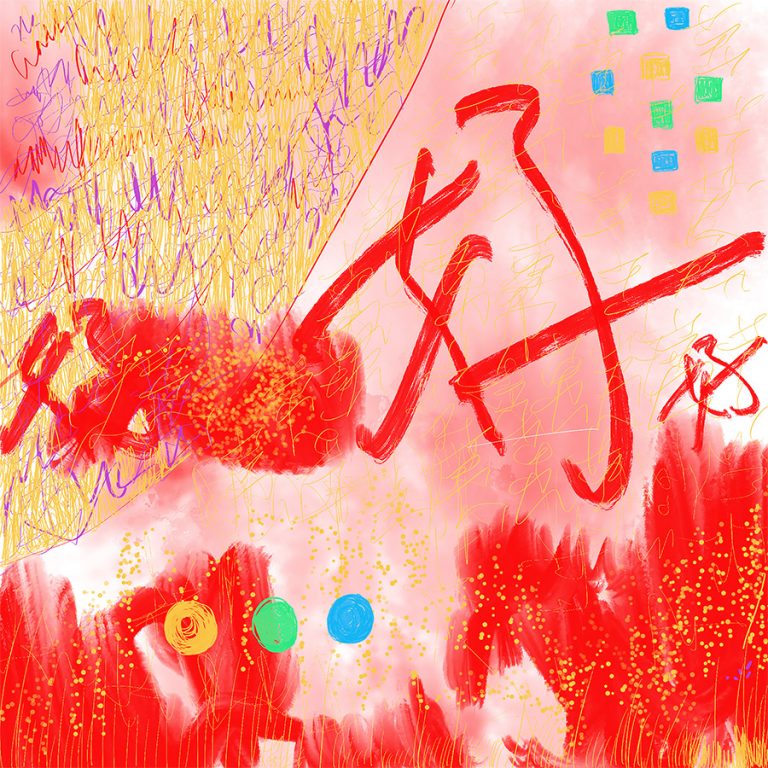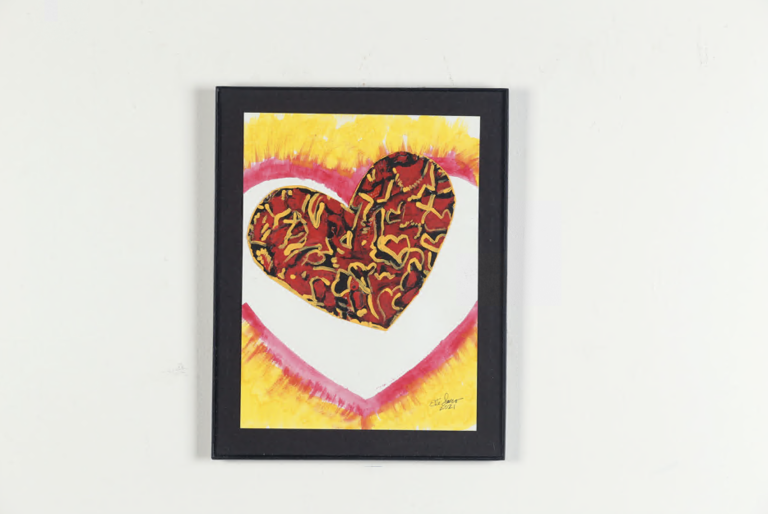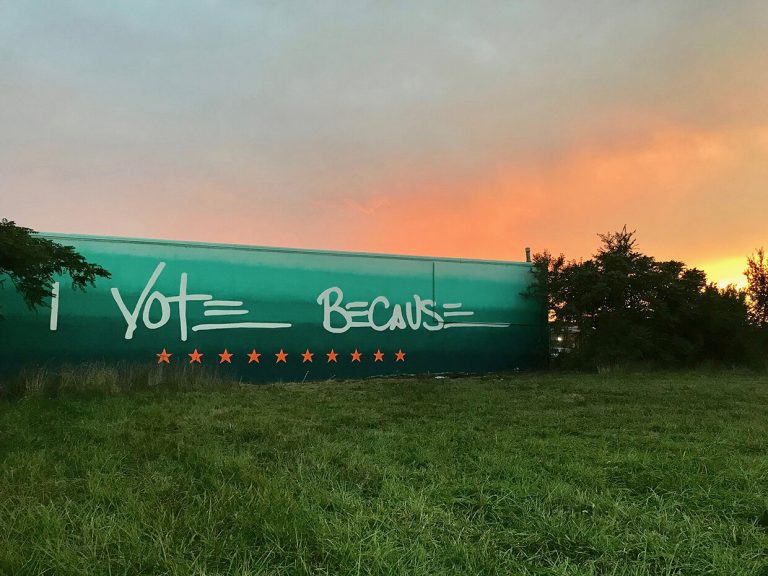A Watershed Moment on the Horizon
What is a watershed moment? It is a turning point. It is a defining moment at which change alters the direction of a situation. It is a dividing point, from which things will never be the same. It is momentous.
So what does artist Jorge Otero-Pailos have in mind when he fills a cavernous ruin—the historic pool house at Lyndhurst— with suspended sheets of latex that hold the dust and peelings from its weathered walls and turns it into a contemplative space? He reveals the past life of the space in sculptural latex tapestries dangling them throughout this vast resounding space like antique curtains. In doing so, he has created an art project that is meant to be a place for reflection—a place to which you can bring your personal and national memories and traumas. And, just like droplets over time may build to a tidal wave, the reflection of your experiences may beget an apocryphal moment between then and what is to come. Can a work of art do that? Perhaps.
Imagine a ruin. The old and frayed indoor pool at the Lyndhurst mansion, which is in a state of deterioration. It is as it was left at the end of World War II – leaking, peeling; a ruin in every sense of the word. Time has stood still in this extravagant relic of the Gilded Age. It is no longer gilded. Nor is it even habitable for what its purpose once was years ago. It has aged over time from neglect and its flaws are part of its credibility.
I began talking with artist Jorge Otero-Pailos about ruins and his artistic intervention which he calls Watershed Moment. He says: “Indeed, we are all living in a watershed moment” and he sees this very site-specific art installation on the edge of the Hudson River as a transformational opportunity.” This is the place. This is the moment,” says the artist. “This is the time to think deeply and in a personal way about the transformation that may be upon us.”
An artist and preservationist, Otero-Pailos urges us to think poetically and not just politically about this moment. He has built a temple in which to do that. He invites us to this temple to experience a ruin – something that has been abandoned, empty disheveled. It needs no interpretation. It is something that is no longer what it once was. It is now simply a shed for water and the sounds of water that the artist has collected, from Niagara Falls to the Hudson River, and released into the void.
How did this artist’s journey lead him to this abandoned ruin? “Since Charlottesvile, since Brexit, since Covid,” Otero-Pailos has been listening to how the world has changed. He has been thinking about the river that runs both ways. “We are suspended in our homes. Society is suspended. Being suspended is a metaphor for our time. Paradoxically, being in our homes has heightened our awareness about climate change and social justice.” Otero-Pailos believes strongly that we are in a watershed moment which we can choose to think about artistically, or perhaps poetically, but not just politically. “It is an opportunity to think about parallel possibilities. I think we are in a moment of transformation. We can’t ignore it.”
A version of this article first appeared in the October issue of ArtsNews, ArtsWestchester’s monthly publication. ArtsNewsis distributed throughout Westchester County. A digital copy is also available at artsw.org/artsnews.
About Janet Langsam
During her time at the helm of ArtsWestchester, the organization – formerly known as the Westchester Arts Council – has grown from a $1 million to a $6 million agency and has excelled at making the arts more visible, diverse and accessible for all. ArtsWestchester offers financial and marketing support to emerging arts groups, cultural institutions and grassroots activities throughout Westchester County.


![[Essay] David Salle’s Works on Paper: Nostalgia, Anxieties & Redefining Realism](https://artswestchester.org/wp-content/uploads/2024/04/Hopper-House-David-Salle-80019-768x512.jpg)




